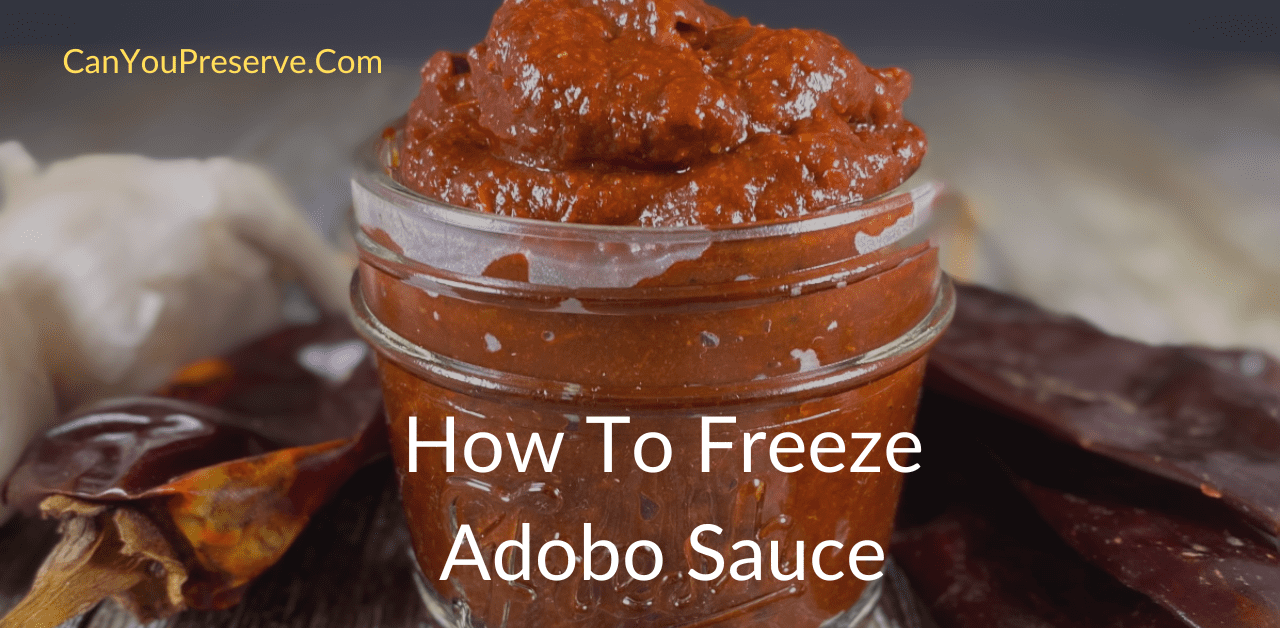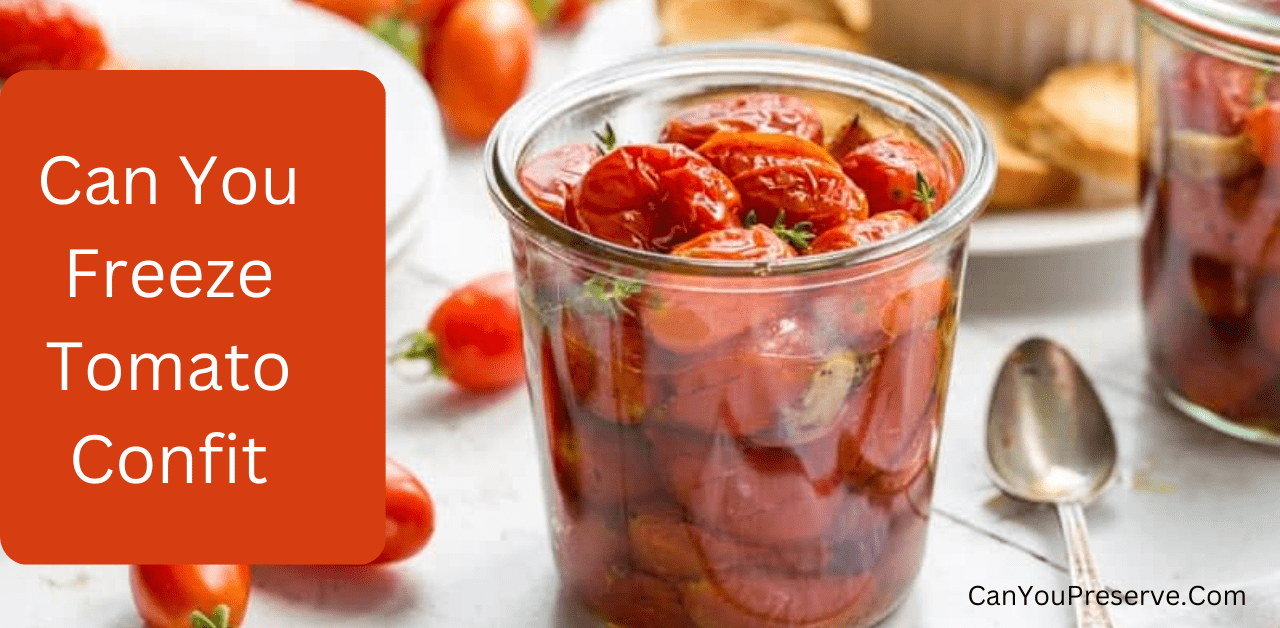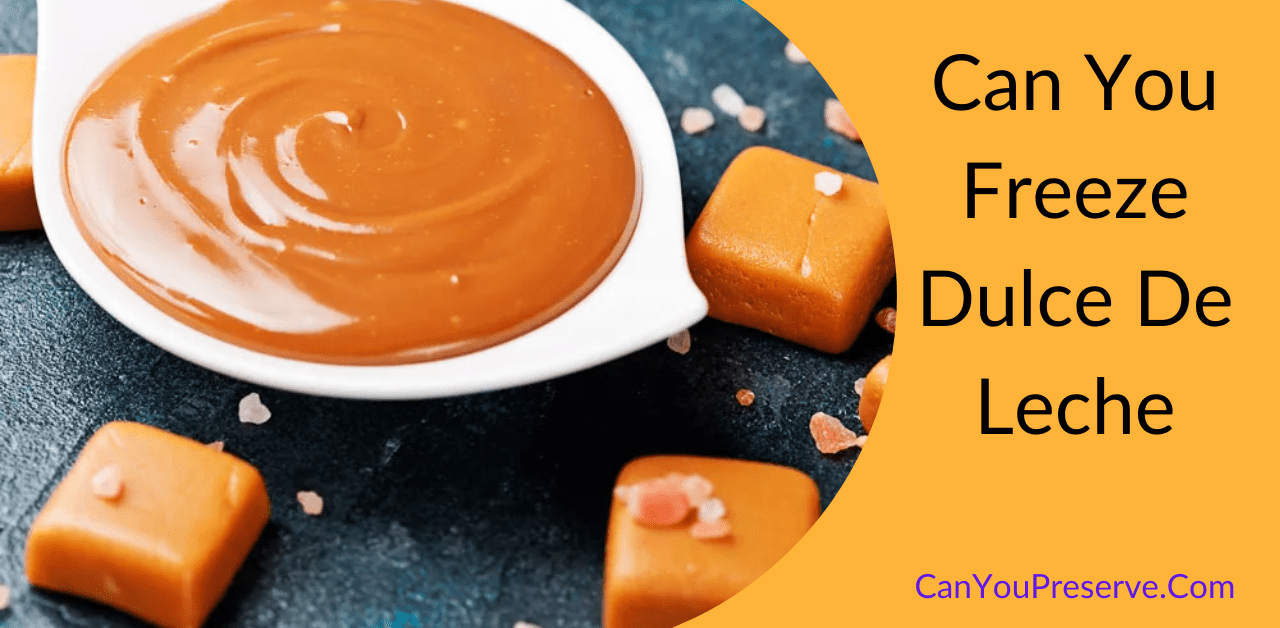Can you freeze Pears: Do you have a pear tree that bears an abundance of fruit? Have you been presented with a crate loaded with pears recently? You must be scratching your head over what to do with all of that deliciously fresh fruit. How should you store them so that they last for a longer period? Read this article to know whether you can freeze Pears or not!
- Can You Freeze Pears?
- How to Freeze Pears
- How To Freeze Pears in Syrup
- How To Freeze Poached Pears
- Tips for Freezing Pears
- How To Defrost Pears?
- Can You Refreeze Pears?
- Do Pears Freeze Well?
- Can you Freeze a Pear Crumble?
- Can You Freeze Pears for Making Smoothies?
- Can You Freeze the Pears with their Skin on?

Can You Freeze Pears?
Yes, pears may, in fact, be frozen and stored for up to a year. Depending on what you intend to do with the pear after it has been frozen, you can either freeze it by itself or in a syrup that has been sweetened.
How to Freeze Pears
When it comes to freezing pears, there is no way to get around the preparation work, However, doing so is more than worthwhile because it will reduce the amount of time and effort when it comes to utilizing the pears later. If you want to freeze the pears in a more natural state, then this is the way for you to use them.
- In order to prepare the pears, first select ripe and firm pears Further peel and core them, and lastly cut them into half or quarters.
- In a basin, combine equal parts of lemon juice and water. Set aside the juice from approximately three teaspoons of lemons. The purpose of this is to prevent the pears from turning brown and becoming worse. Allow the pears to remain submerged in the solution for approximately three minutes.
- After draining the pears, let them dry out completely. It is possible that you may need to use a piece of kitchen paper to blot the pears dry. This is done in order to remove any excess moisture.
- Arrange the pear halves or quarters on the sheet in such a way that they do not touch each other or overlap. Put this tray in the freezer, and make an effort to keep it level while it’s there.
- When the pear pieces have reached a solid state of freezing, remove them from the freezer and place them in a bag that can be frozen.
- Before placing the bag in the freezer, write the date and the name of the contents of the bag on the bag’s label.
This is the most fundamental approach to freezing pears in pieces. However, this is not the only method for freezing them; there are others as well.
How To Freeze Pears in Syrup
If you want to keep the pears for a longer period of time and are planning to use them as part of a dessert, then putting the pears in sugar syrup and freezing them is a perfect solution:
- Select pears that are ripe but still a bit firm. After peeling and coring the pears, cut them into halves or slices.
- You will need to soak the pears in an acidic solution in order to prevent the browning that will otherwise occur. Juice from a lemon can be used for this purpose. After you have prepared the pears, place them in a basin of water with three tablespoons of lemon juice. Let them sit there for about three minutes.
- Remove any excess liquid from the fruit, then set it aside to dry.
- To make syrup, dissolve sugar in water and bring it to a boil. The sweetness of the syrup can be adjusted by increasing or decreasing the amount of sugar used. This is something that is entirely up to the individual.
- Create several containers that are suitable for the freezer and label them with the contents as well as the date.
- Combine approximately half a cup of syrup with two cups worth of peeled and chopped pears. If you’d like, you can add a touch more syrup to your serving. It is imperative that you leave enough room at the top of the container to allow for the expansion of the syrup as it freezes.
- Freeze the contents of the containers by placing them in the freezer.
How To Freeze Poached Pears
Even the poached pears can be effectively frozen in the freezer. This means that if you like to poach your pears before freezing them, you may still do so. Poach the pears as you normally would and then proceed to freeze them according to the instructions given above for freezing pears in syrup.
Tips for Freezing Pears
Now that you know how to freeze it, we’ve got our three top tips. We strongly recommend following them when freezing Pears in order to get the best results:
- When freezing pears in any kind of liquid, it’s important to leave enough room in the container for the pears to expand as they freeze. Since freezing causes liquids to expand, you should always allow a little bit of space at the top of any container.
- If you freeze pears by themselves, they will keep for around three months. They will remain edible for an additional four times as long if you preserve them with sugar syrup.
- To make a mixed bag of fruit that can be used in crumbles or smoothies, you can combine pears with apples and other types of fruit. These fruits should belong to the same family.
Read More:
How To Defrost Pears?
It’s possible that you won’t need to thaw your pears at all for the majority of recipes and applications! If you freeze the pears without adding syrup with the intention of using them in smoothies, juices, or purees, then there is no need to defrost them before using them.
Simply place the ingredients in your blender and process until smooth to enjoy this delicious treat. If you do need to thaw the pears, the most effective technique is to put them in the refrigerator to defrost over a longer period of time. Put them in a bowl and let them sit out at room temperature for a few hours to defrost.
Can You Refreeze Pears?
No, pears shouldn’t be frozen and thawed multiple times. The more times you freeze them, the greater the potential that they may get ruined or mush. They might become inedible or perhaps make you sick if you proceed in this manner.
Do Pears Freeze Well?
Yes, pears do successfully freeze. If you properly prepare and freeze your pears, then they should retain their great flavor even after being frozen for a period of time.
However, they will not be precisely the same as they were when they were first prepared. When you bite one of them, they won’t have that solid and crisp consistency. As a result, once they have been frozen they are in a state that is far better suited to cooking than eating.
FAQs on Can You Freeze Pears
1. Can you Freeze a Pear Crumble?
Yes, you can freeze the pear crumble. After it has been cooked and allowed to cool, the dish should be covered in a layer of foil and then placed straight into the freezer. There is also the option of freezing portions in individual Tupperware containers.
2. Can You Freeze Pears for Making Smoothies?
Yes, frozen Pears can be used to make smoothies. Cut them into cubes, dip them in lemon juice, and then lay them out on a baking sheet to freeze. Once they have become solid, you can store them in freezer bags, along with additional fruit if you so like.
3. Can You Freeze the Pears with their Skin on?
This depends on how you want to use and consume them in the future. It is best to remove the skin before freezing them if there is a possibility that you may need to peel them at a later time.
Key Takeaways
Hope the knowledge we have shared on can you freeze pears is beneficial for you. If you find that you have more Pears than you can use at once, you can always choose to freeze them. You can either freeze them directly or add syrup to them while doing so. As a consequence of this, its shelf life will be extended, and it can be consumed without risk for a period of at least a year.
Bookmark our canyoupreserve.com website for more latest updates and articles like can you freeze apples and many more








